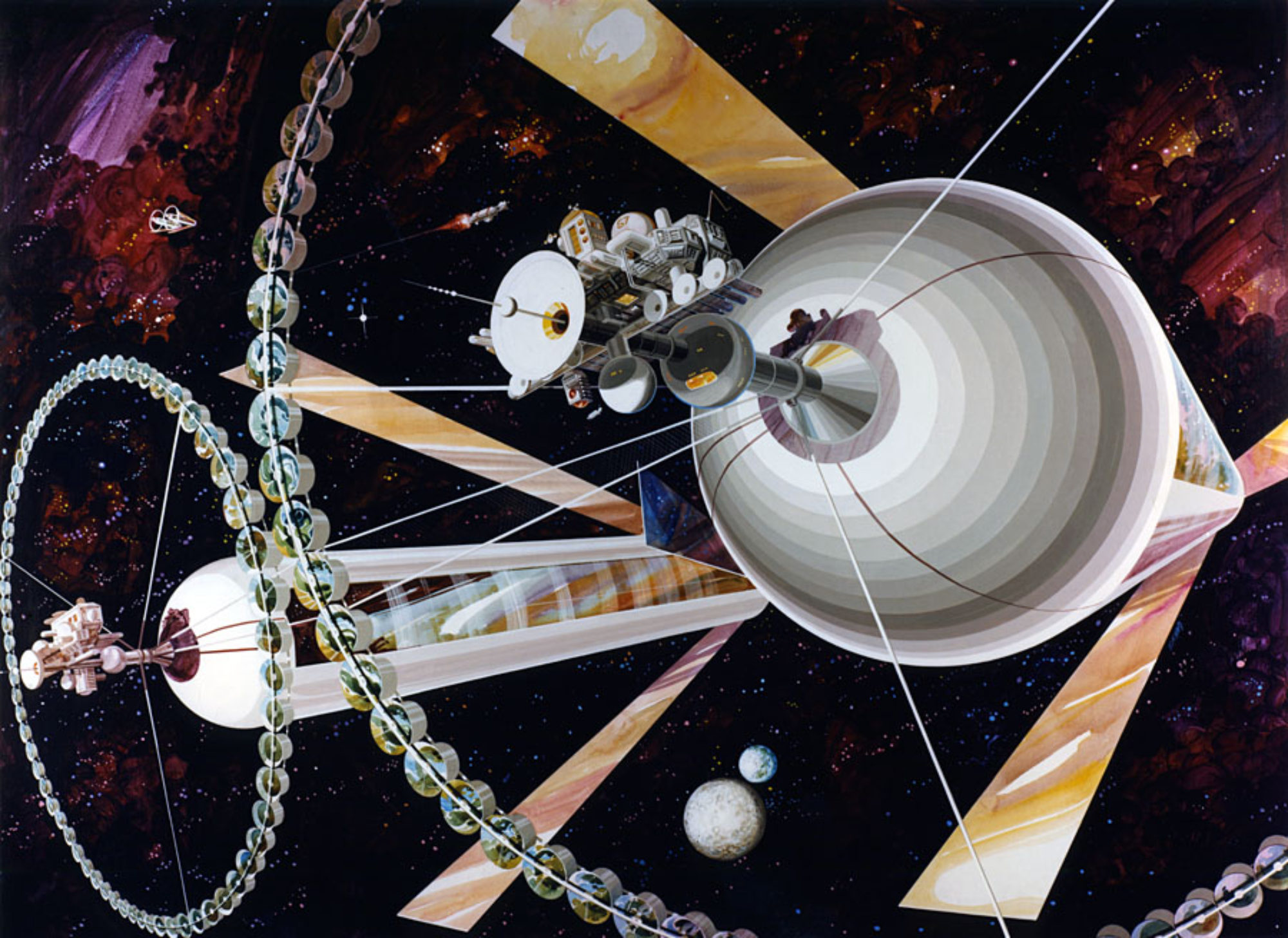
A British company called Metalysis as been funded by ESA to study their industrial-scale production of metals and alloys for application in a lunar environment. Metalysis has already demonstrated that they can extract 96% of the total oxygen content from ilmenite, a black iron-titanium oxide with a chemical composition of FeTiO3 found by Apollo astronauts to be abundant in lunar regolith. The process leaves a metallic powder alloy that can be used for in-situ 3D printing on the Moon.
In a press release last month, Metalysis states that “The project will provide an assessment to prepare and de-risk technology developments, focused towards oxygen production for propellants and life support consumables. The ability to extract oxygen on the moon is vital for future exploration and habitation, being essential for sustainable long duration activities in space. In-Situ Resource Utilisation (ISRU) will significantly reduce the payload mass that
would be needed to be launched from Earth.”







